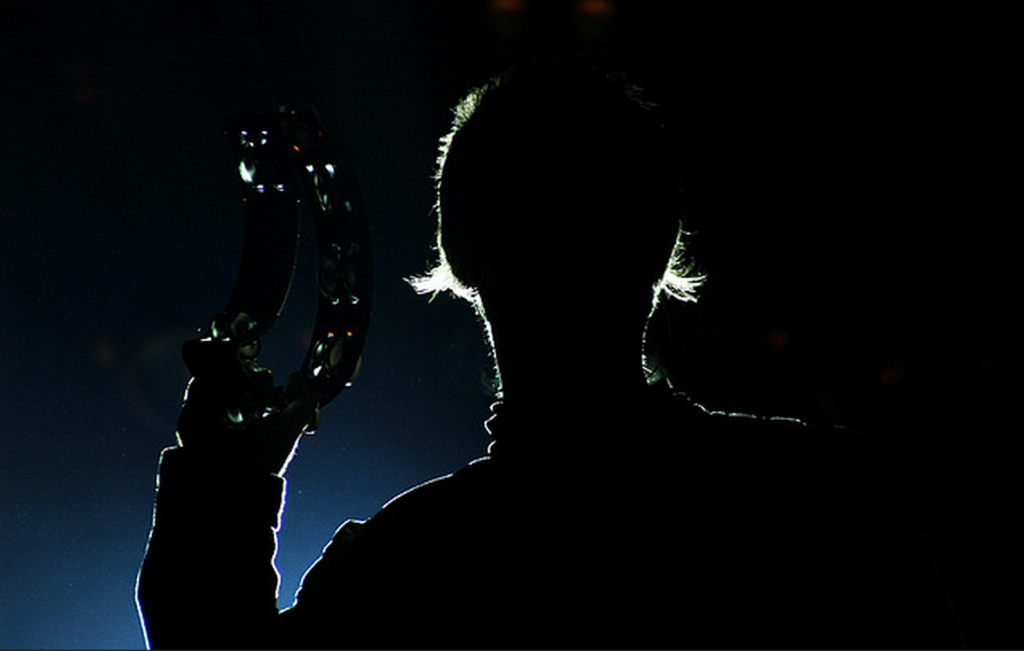Earlier this month I had the privilege to attend and present at Big Bang XIV. Hosted by media pioneers Ken Hertz and Jeff Pollack, the forum is an intimate occasion that brings a roster of music and technology executives together to discuss crossover opportunities and innovations in their respective fields. This year, much of the conversation focused on the effects of digital media on the way that listeners consume music. By the end of the event, we had come to the conclusion that in a very short period of time, the available listener data–graph, behavioral, demographic, psychographic–would need to be synthesized to inform ways to embrace change and evolve.
Transformations in listeners’ options for consuming and paying for music have drastically reshaped the industry. Where once industry executives controlled media production and marketing, the layperson’s ability to upload, download, stream, and make single-song purchases has upended the traditional model. Nevertheless, despite having more options, people still make decisions about the kinds of media they consume based on unique tendencies, quirks, interests and affinities. Music is about finding ways to appeal to unique listeners’ emotions, at scale.
We all have a song or artist that makes us a little fanatic. In my humble opinion, Oasis is the best band ever. At first glance, the connection between the Manchester based super group and a stooge from suburban Long Island seems worlds apart. But with a little context, the connection becomes more clear.

I spent 1996 working in Tokyo on an international consulting team. We worked hard and played hard and most importantly, we listened to Oasis constantly–“(What’s the Story) Morning Glory?” was the soundtrack of my year. These days I hear the familiar Wonderwall intro and am transported back to my younger self, belly up at the English pub in Reppongi. Songs have a unique power to transform experiences and connect with us on an emotional level for reasons that sometimes we as listeners don’t even recognize. We all have our “Wonderwall”.
There is something immensely personal about music–it has the ability to evoke an emotional connection between a song and a listener that is difficult to engineer. People experience songs within the context of their lives and associate the sound with a particular time and place. Following a trail of digital breadcrumbs, today’s industry leaders can discover why certain sounds matter to certain people, and then replicate those experiences to appeal to a wider audience.
Digital media did not exist in 1996. If it did, my behavior would suggest an above-average–nigh obsessive–affinity to Oasis. Through published photos, comments, clicks and likes, it would be no secret that I was as passionate a Manchester City fan as any native and that I knew the best spot for Shepherd’s pie in Tokyo. From a social graph perspective, you would know that my closest friends at the time had grown up with Oasis and were themselves die-hard fans. All of that data is available today and shared publicly, providing industry leaders the ability to activate fans in real-time.
The amount of data available to marketers and media folks is staggering. The trick is to know how to use it. With sophisticated algorithms, big data companies like People Pattern synthesize the information to discover actionable conclusions based on individuals’ emotions, networks, interests, life stages and intentions. Armed with data, the music industry can identify segments of artist fan bases to match listeners’ interests and moods with artists and songs in real-time, nurturing those personal connections between talent and consumers.
The future of music is personal. With data, finding your “Wonderwall” just got a whole lot easier.



Recent Comments